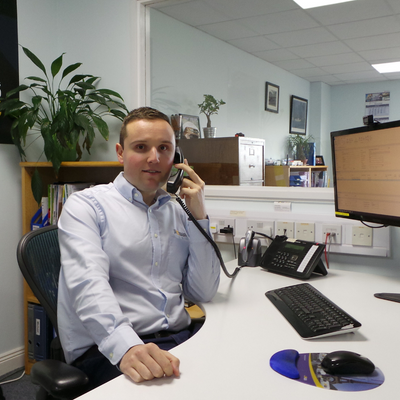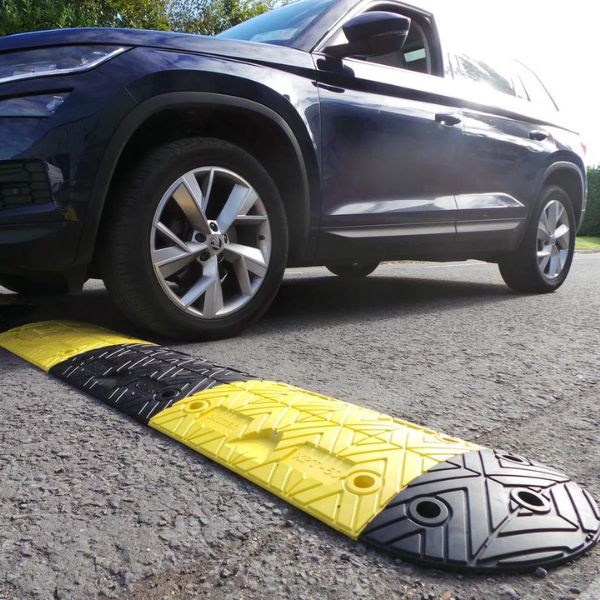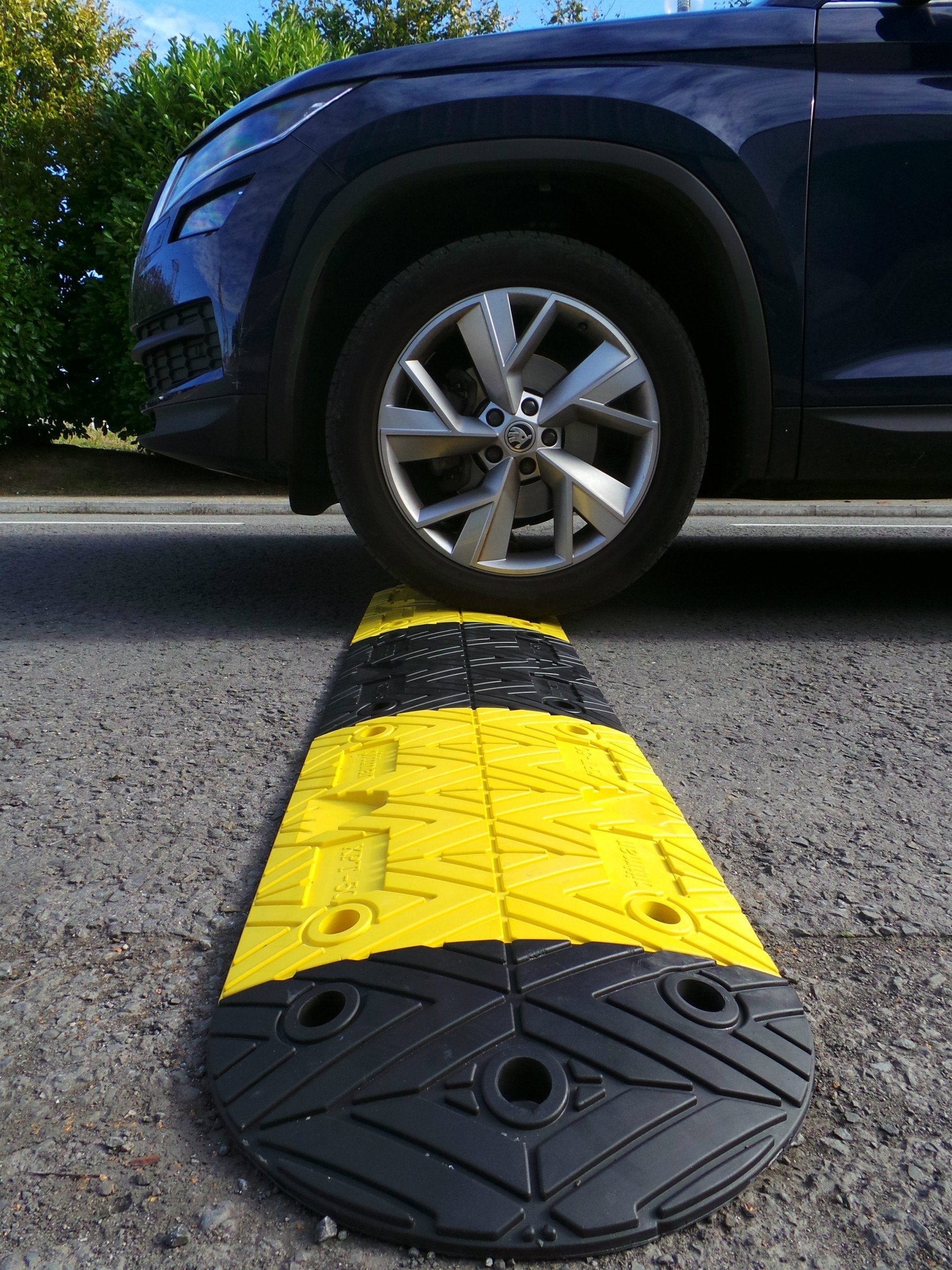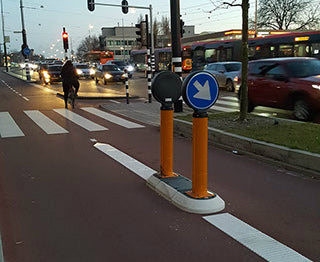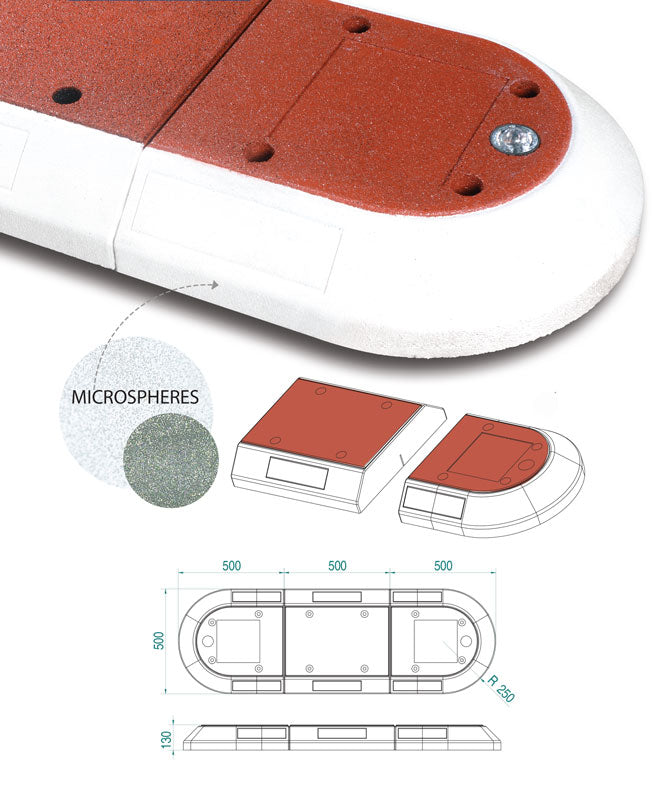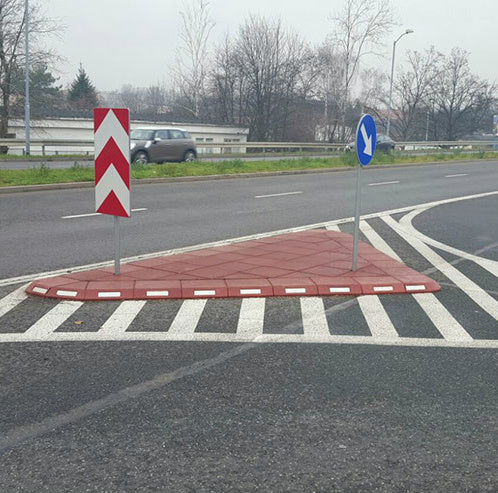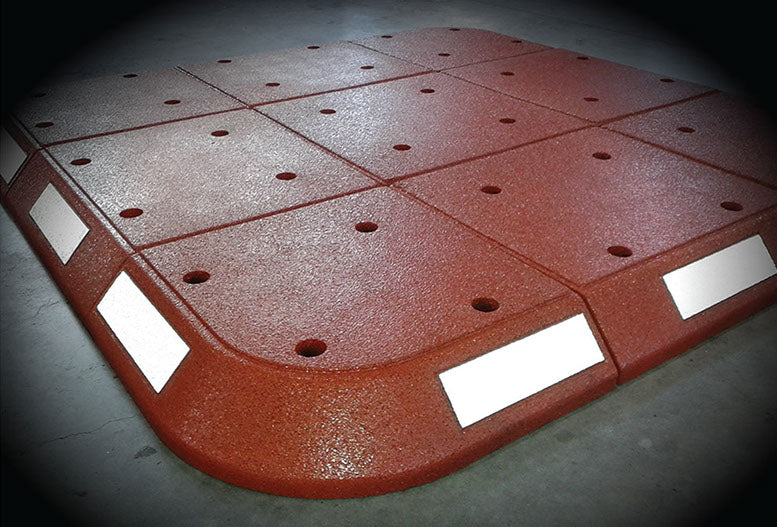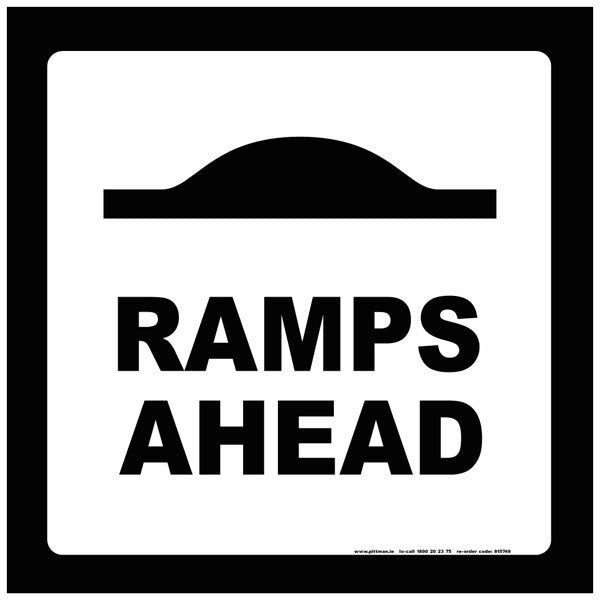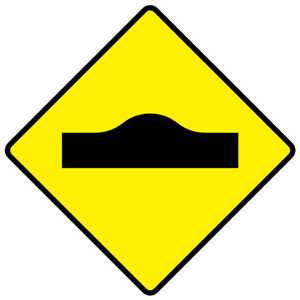Traffic Calming
See our wide range of Traffic Calming Solutions, including speed bumps, cushions, ramps, and tables, designed to enhance safety and reduce vehicle speeds.
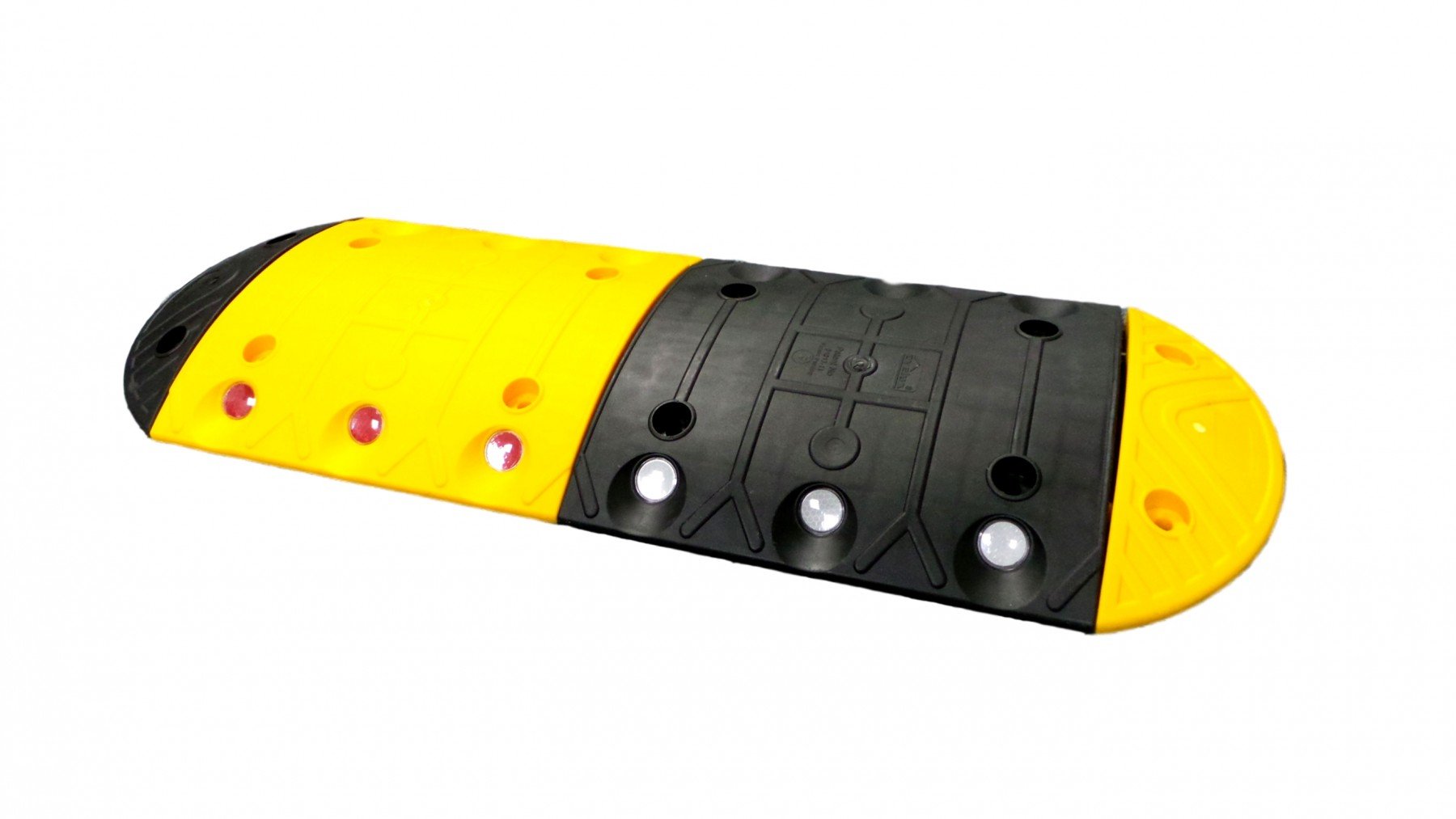
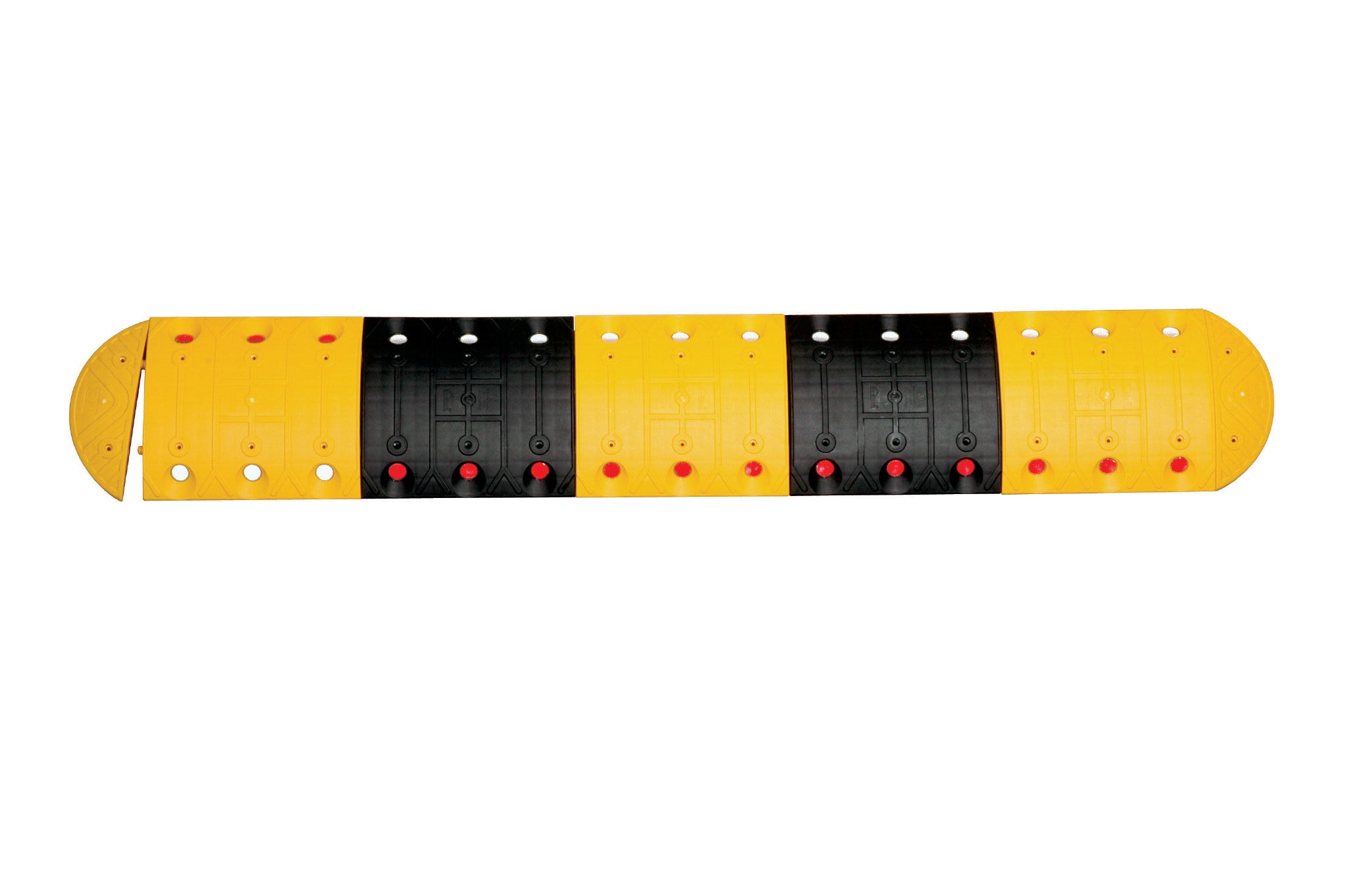
SKU: 899004
Pittman®
Tiger Speed Bump Complete Kit - 40mm
Sale priceFrom €175.00ex VAT
6 Reflectors per Section for Ultimate Visibility
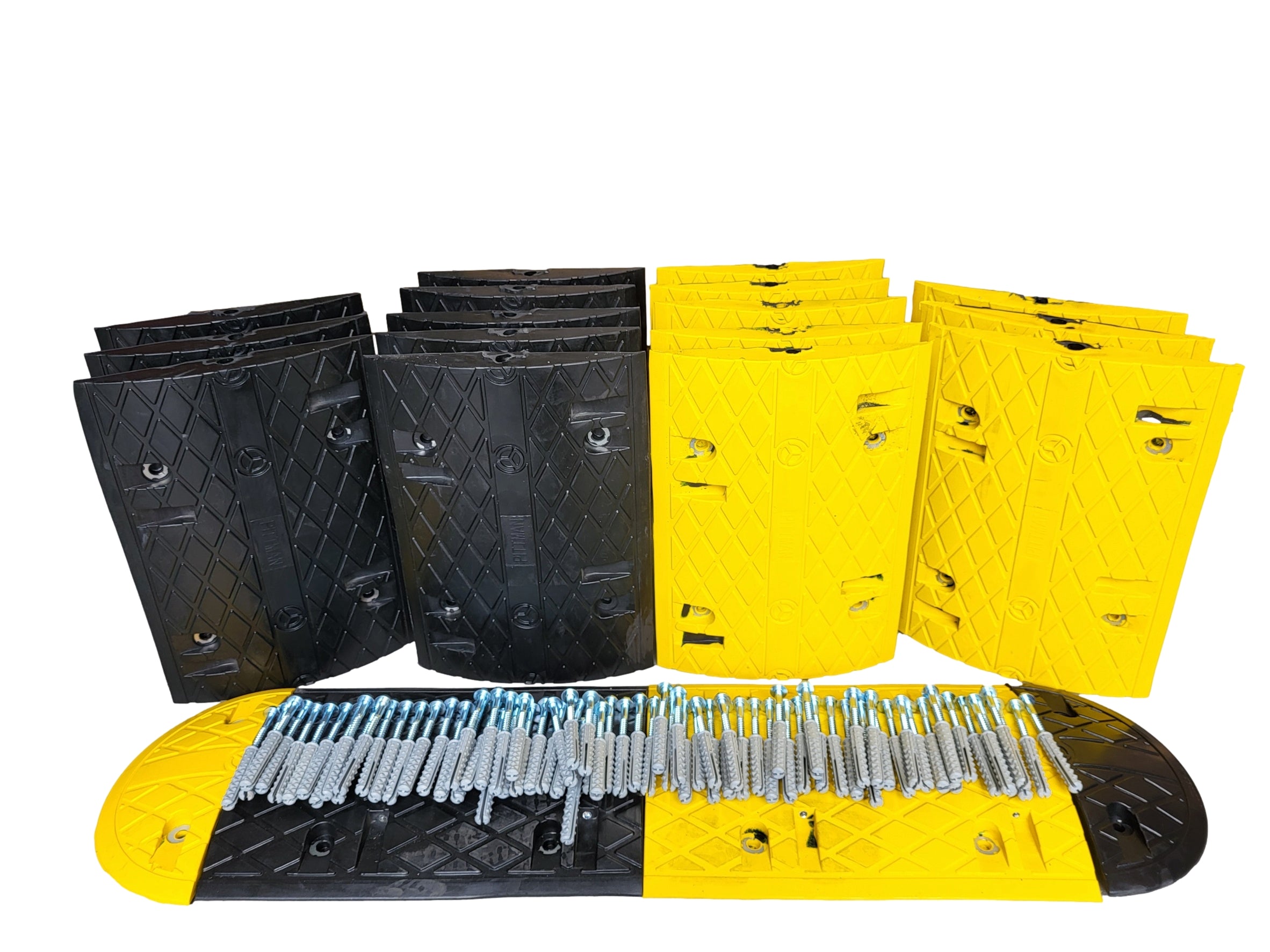

SKU: 756121
Pittman®
Pittman™ 50mm Speed Bump Kit
Sale priceFrom €140.00ex VAT
Best Selling Speed Bump for Light Traffic
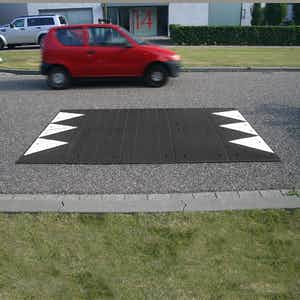
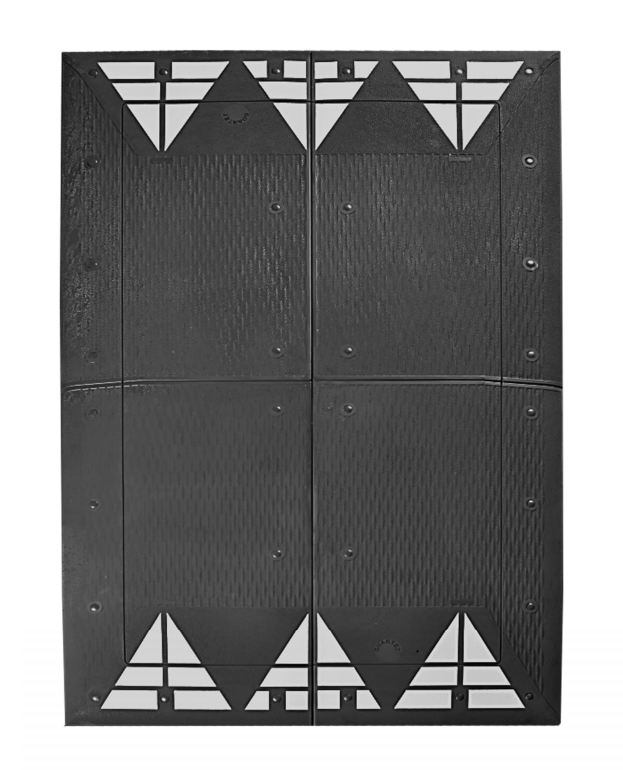
SKU: 747501
XPT
XPT - Berlin Speed Cushion
Sale priceFrom €1,015.00ex VAT
4-Piece Kit for Quick Install in 2-3 Hours
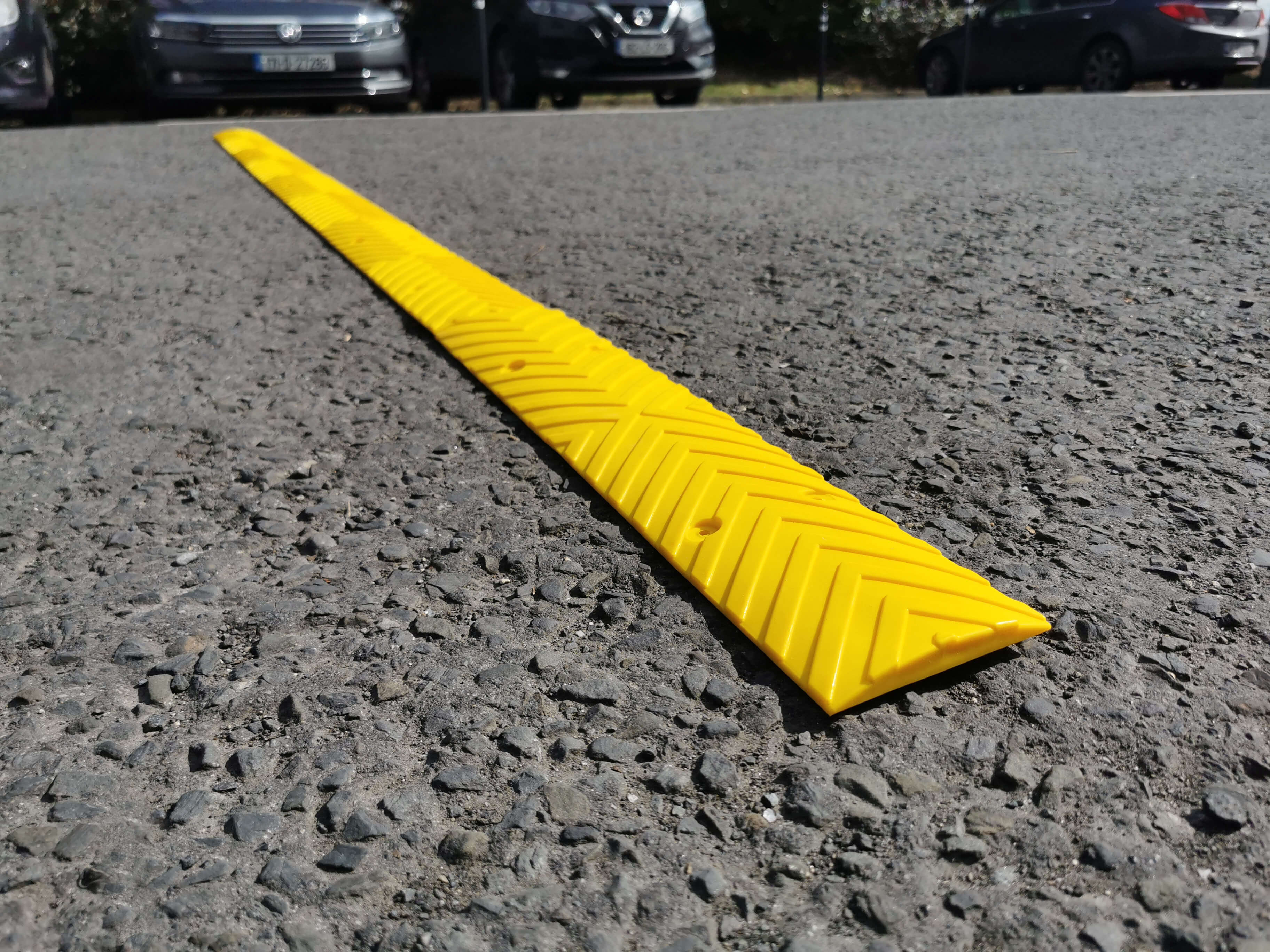
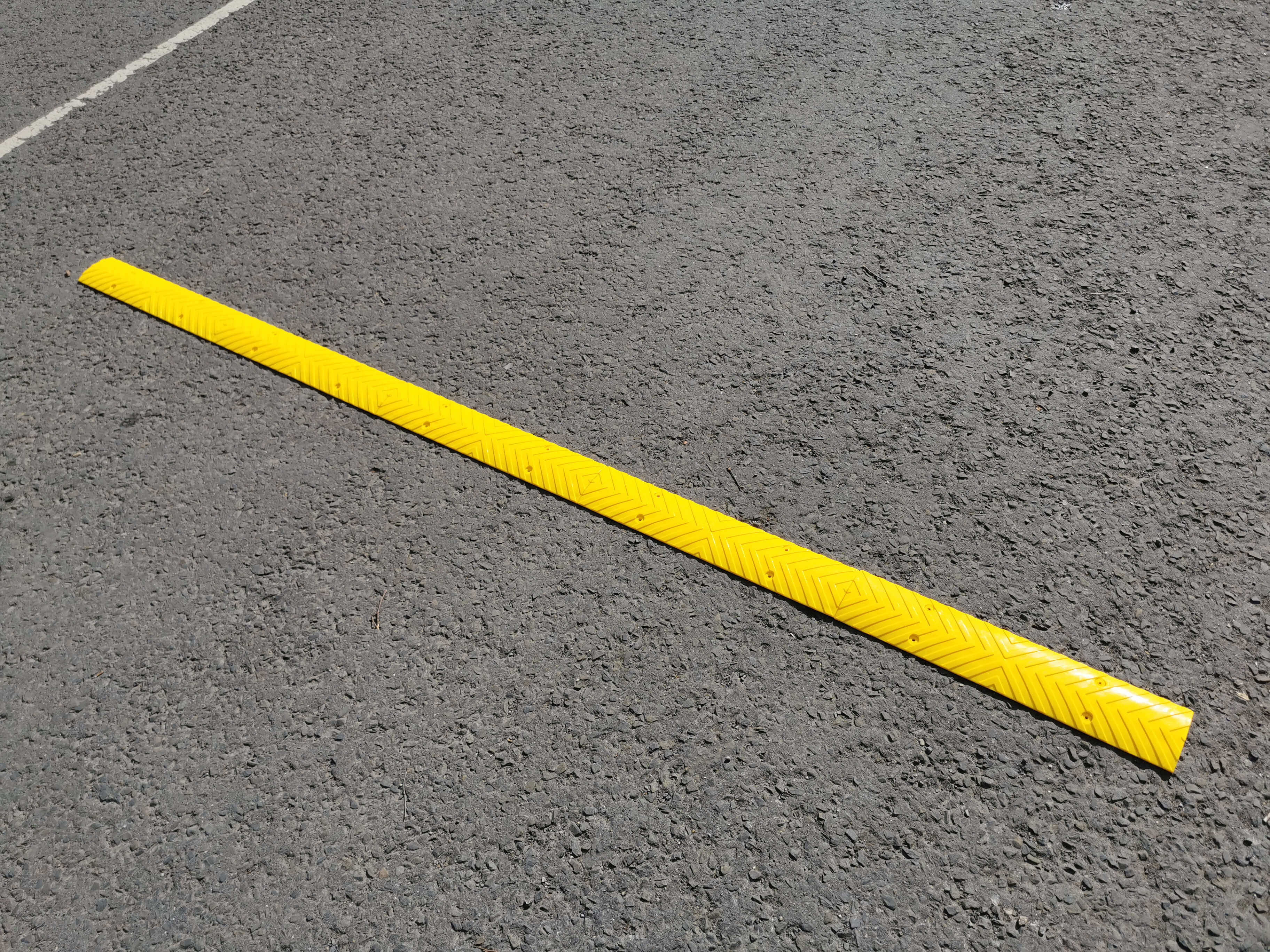
SKU: 763661
Pittman®
Plastic Safety Rumble Strip Yellow
Sale price€30.00ex VAT
Versatile PU Strips for Light-Duty Traffic Calming
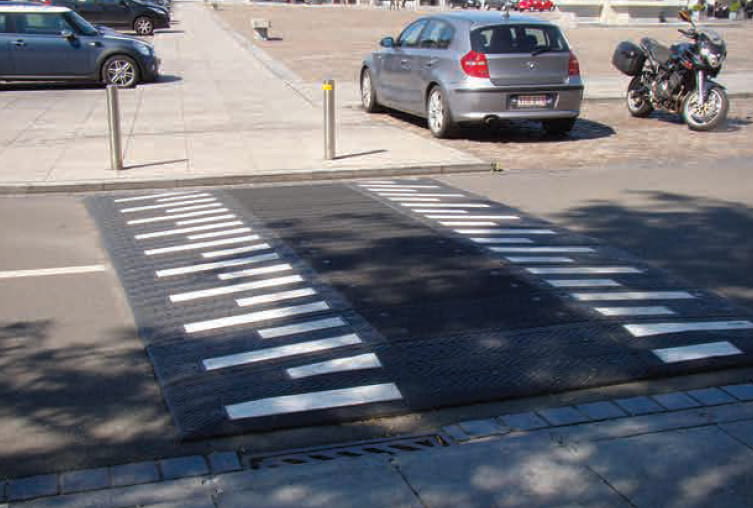
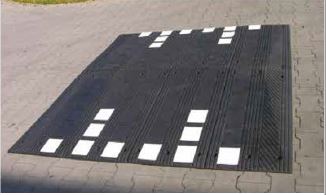
SKU: 747400
XPT
XPT® Modular Speed Table System
Sale price€0.00ex VAT
Slows Urban Traffic to 30km/h - 100% Recycled Rubber
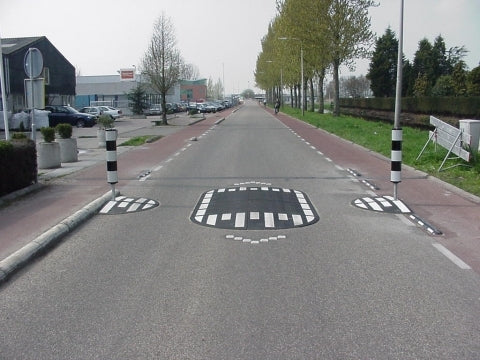
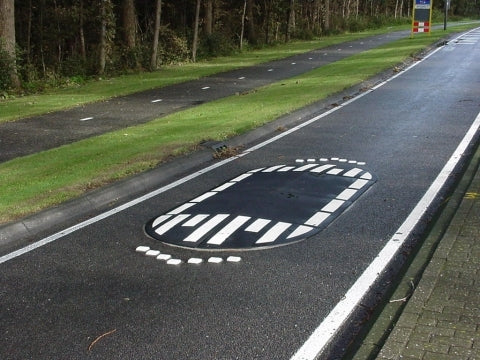
SKU: 895795
XPT
XPT London Speed Cushion System
Sale price€0.00ex VAT
100% Recycled Rubber with High Sound and Vibration Absorption
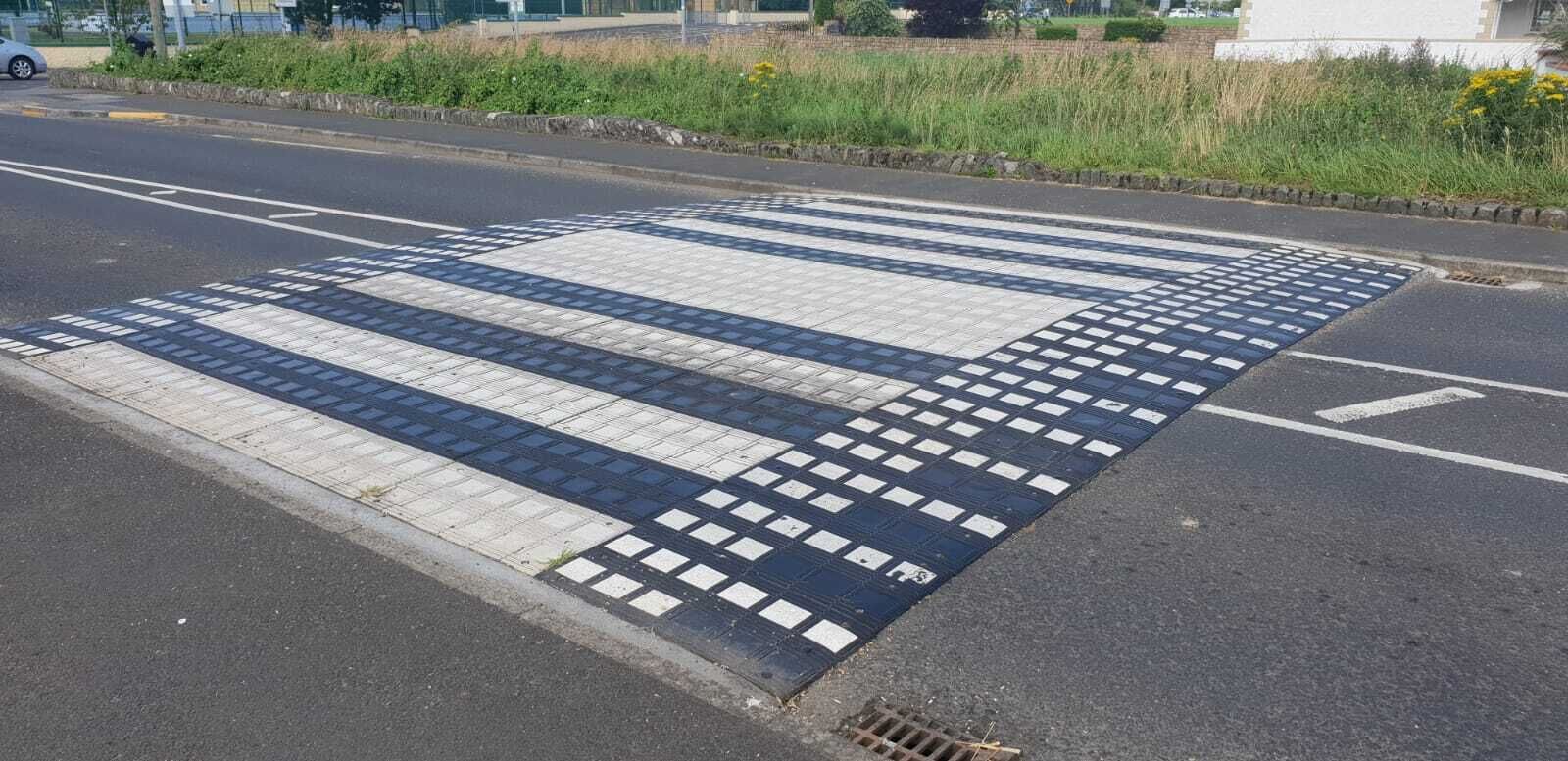
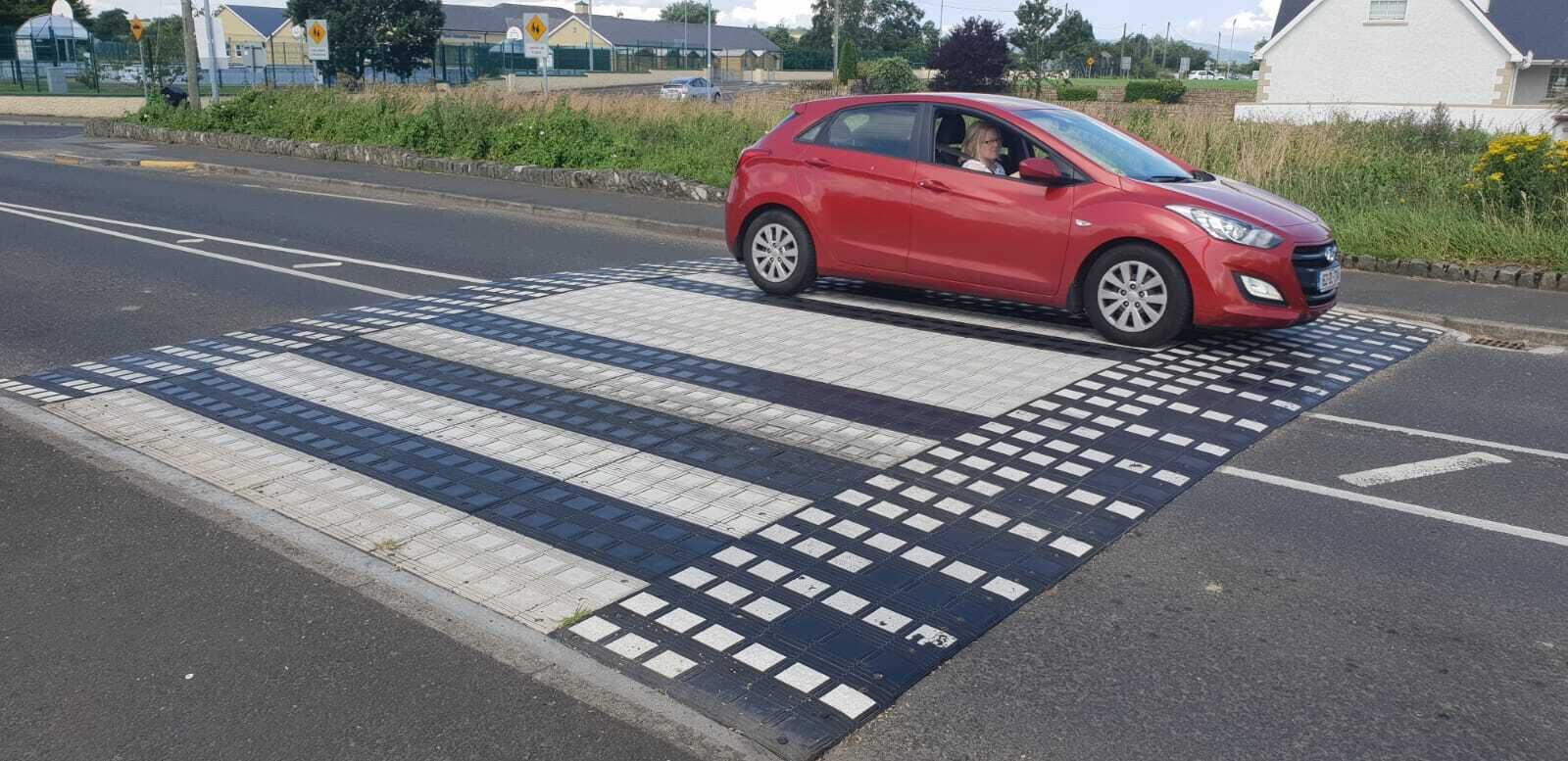
SKU: 747300
XPT
XPT - Modular Rubber Pedestrian Crossing Speed Table
Sale price€9,999.00ex VAT
100% Pure Vulcanised Rubber Pedestrian Crossing
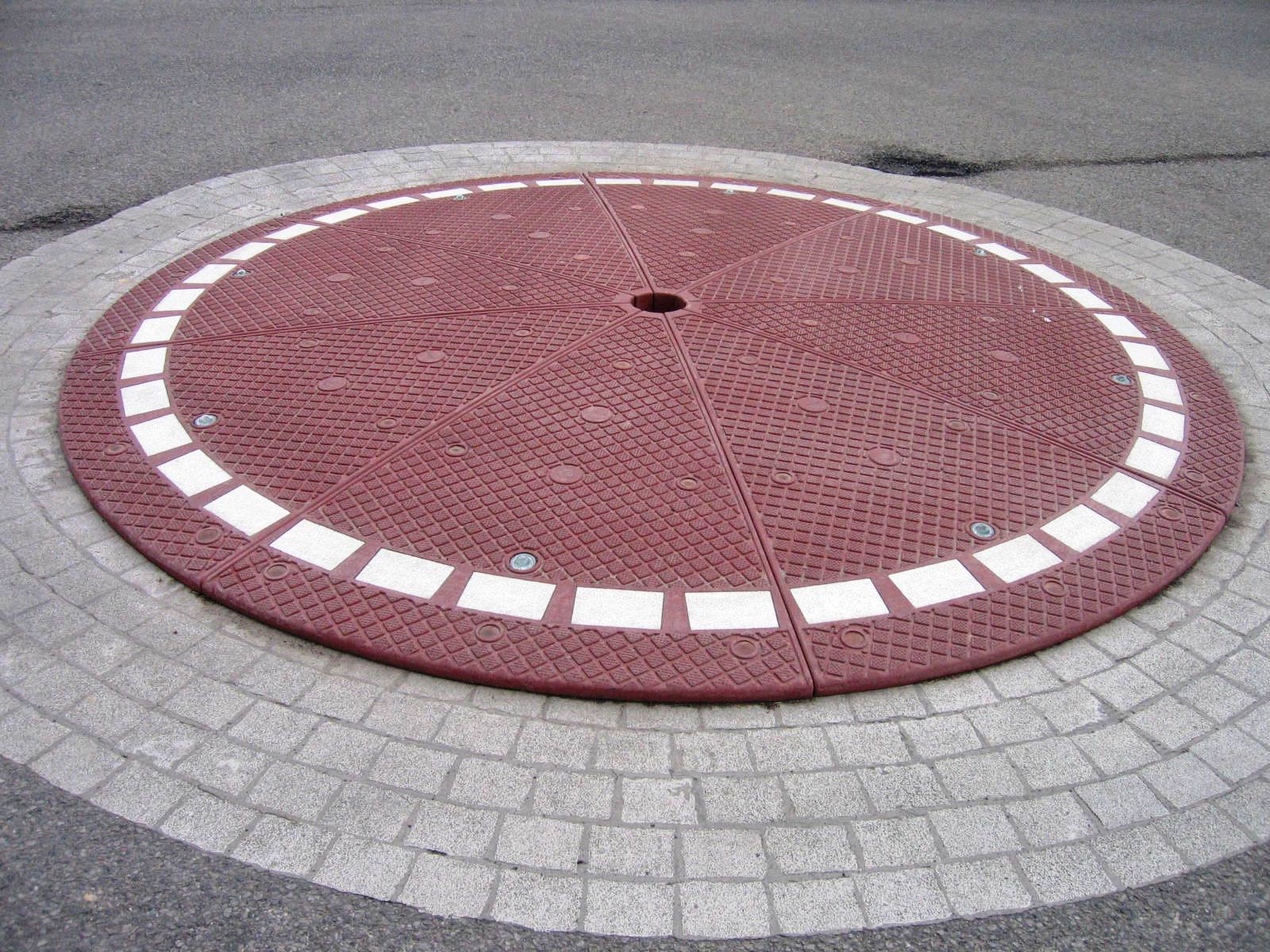
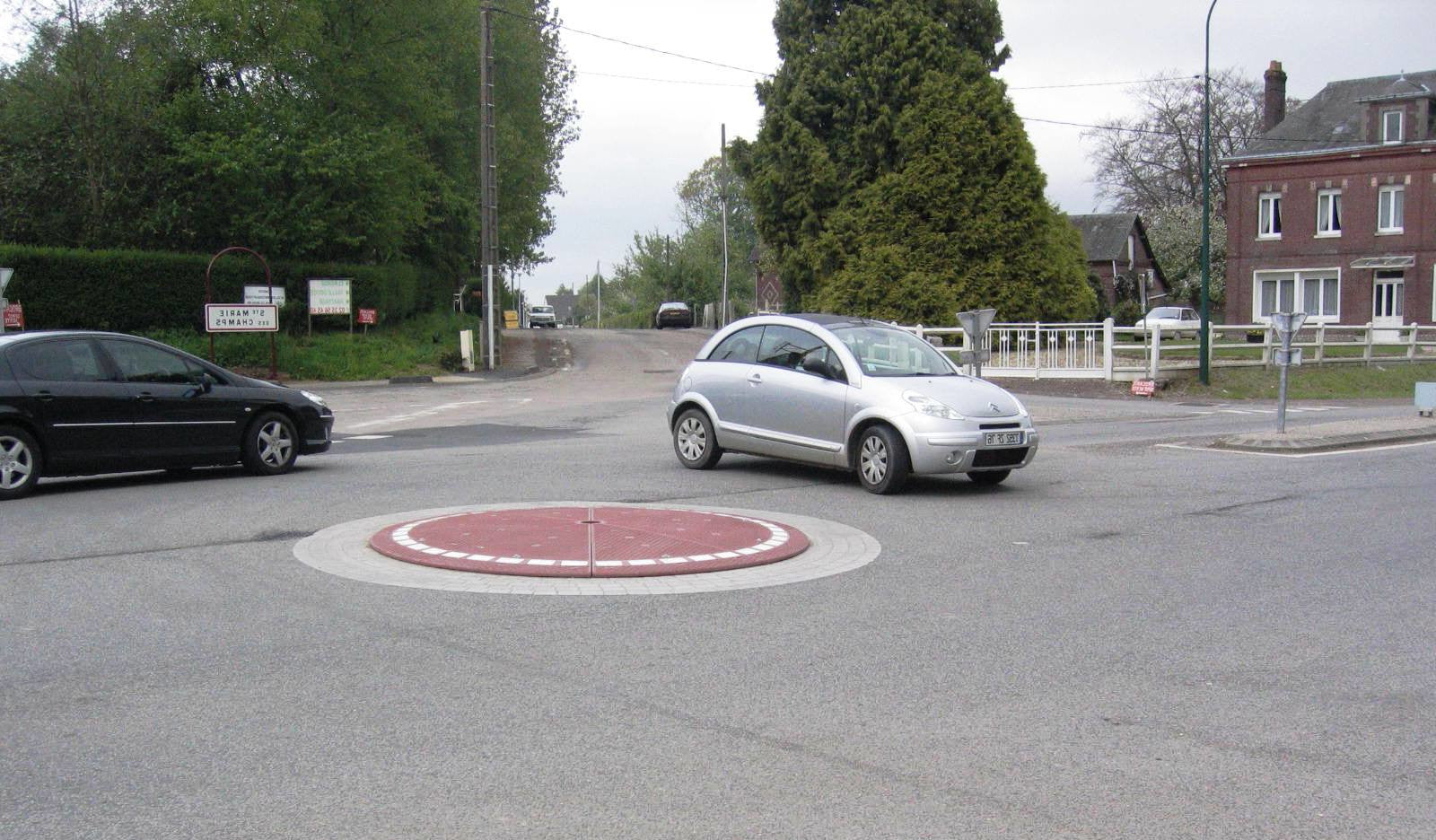
SKU: 747950
XPT
XPT Mini Roundabout
Sale priceFrom €5,595.00ex VAT
Impact Resistant Modular Roundabout System
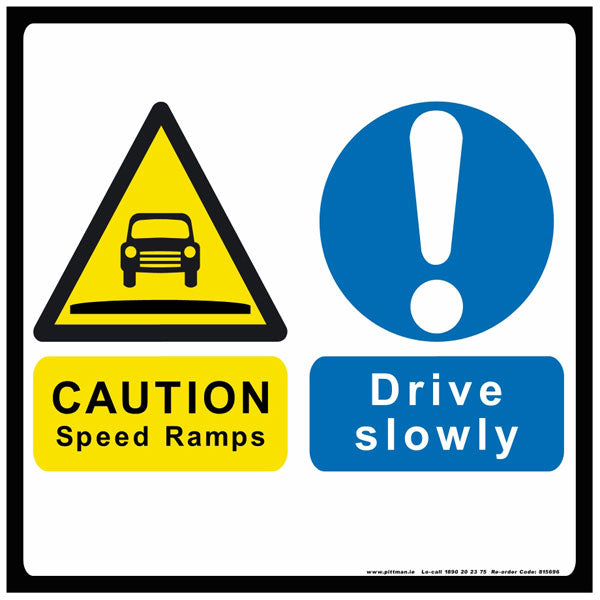
SKU: 815875
Pittman®
Speed Ramps (Dual Format) Safety Sign
Sale priceFrom €55.95ex VAT
Long Lasting Safety Sign
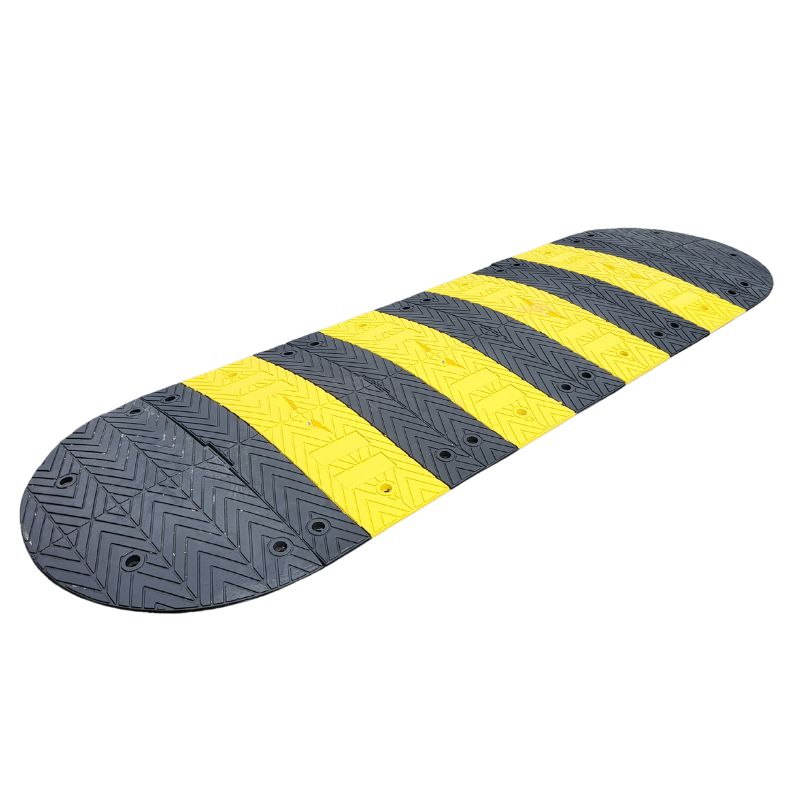
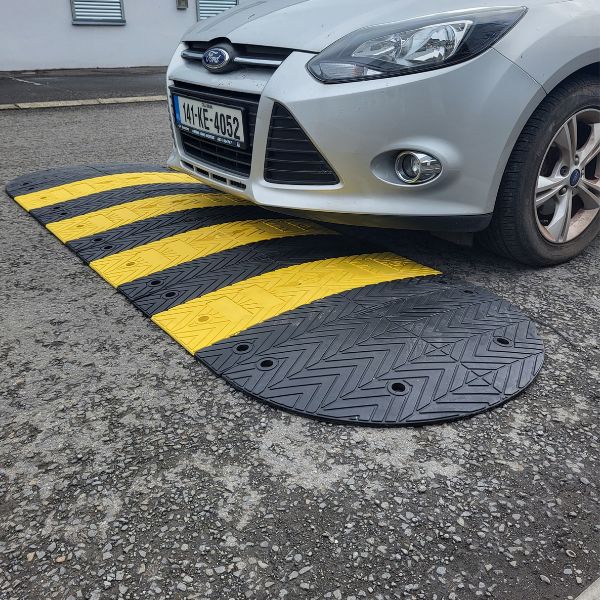
New
SKU: 899164
XPT
XPT Speed Hump
Sale priceFrom €470.00ex VAT
Reduces Speed to Approximately 25km/h
